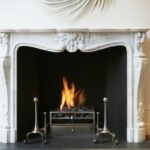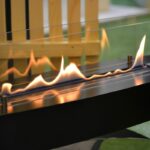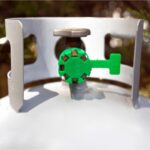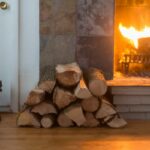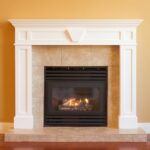Struggling with a gas fireplace that’s more decorative than functional?
Yearning for that cozy warmth that seems just out of reach?
Perhaps you’re puzzled, wondering how to coax more heat from your gas fireplace, or you’re simply curious about maximizing its potential.
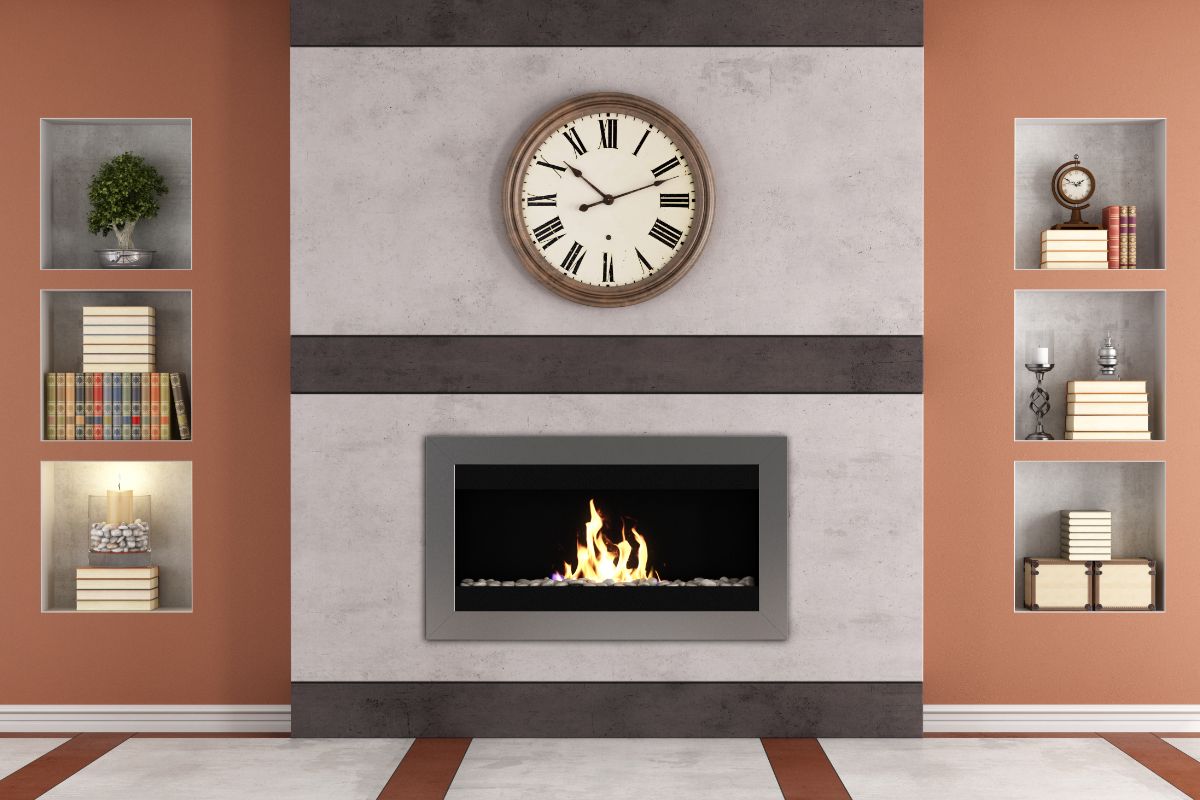
Whatever the reason, you’ve come to the right place!
We understand the frustration of a gas fireplace that doesn’t meet expectations. That’s why we’ve dedicated ourselves to providing you with the most effective solutions.
From adding a fireback to adjusting your damper, we’ll guide you through transforming your gas fireplace into a powerful heat source.
But it doesn’t stop there. We’ll also help you evaluate whether your fireplace is the right size for your room and if additional insulation might be the key to unlocking more warmth.
The internet is a maze of conflicting advice and dubious tips, but here, you’ll find reliable, trustworthy information. We’ve done the hard work of sifting through the noise, so you don’t have to.
So, are you ready to turn up the heat? Keep reading to discover how to get more heat from your gas fireplace and decide which method fits your needs today!
How To Get More Heat From Gas Fireplace?
We touched on this earlier, but there are a few methods you should consider when getting more heat from a gas fireplace. You can add a fireback, change your damper, or look at changing the fireplace.
Of course, all these options range in price and effectiveness, so let’s look at each option in closer detail now to see which is right for you!
A Fireback
First up, we have a fireback. Firebacks are sheets of cast iron placed behind your fire. The sheets reflect heat into your room, giving you more heat.
They also offer some protection for your masonry wall behind the fireplace. You can install a fireback yourself or have a professional do it for a fee.
Firebacks don’t make a huge difference, but you should notice a difference once installed!
Firebacks range in price, so you can find one to suit your budget. You can also buy antique ones that will add to any home’s decor.
Dampers
Dampers are another way you can get more heat from your fireplace. Dampers are metal plates placed in your chimney whose job is to regulate airflow into your chimney.
When the damper is closed, there will be no cold air entering your room, and when it is open, it allows smoke to escape through the chimney.
A damper can help get more heat from your fireplace in a few ways.
Install A Damper
If you don’t already have a damper, you can install one. Even though they are used with wood or coal-burning fires, if you have an open chimney flue, adding a damper and closing it will stop cold air from entering your home, making your fireplace work more efficiently.
Change Your Damper
If you already have a damper but feel it isn’t working as it should, you could change it. If you have a damper in your fireplace, you might want to spend more on a tighter-fitting one to prevent any air from entering.
Or you can opt for a traditional top-mounted chimney cap damper. These sit at the top of your chimney and are controlled from your home, stopping any air from entering.
These can be more efficient as they stop the air before it even has a chance to enter your home.
By changing your damper, you can reduce the heat loss that normally happens through your chimney.
Check Your Damper Seal
You can also check the seal around your damper before replacing it. It might be that the seal has come away and needs replacing. If there are gaps in your seal, air can sneak in, especially if a damper is sitting in your chimney.
You can reseal the damper yourself or need a professional to do it. This will come with a fee, so check your budget beforehand.
Make Your Room Efficient
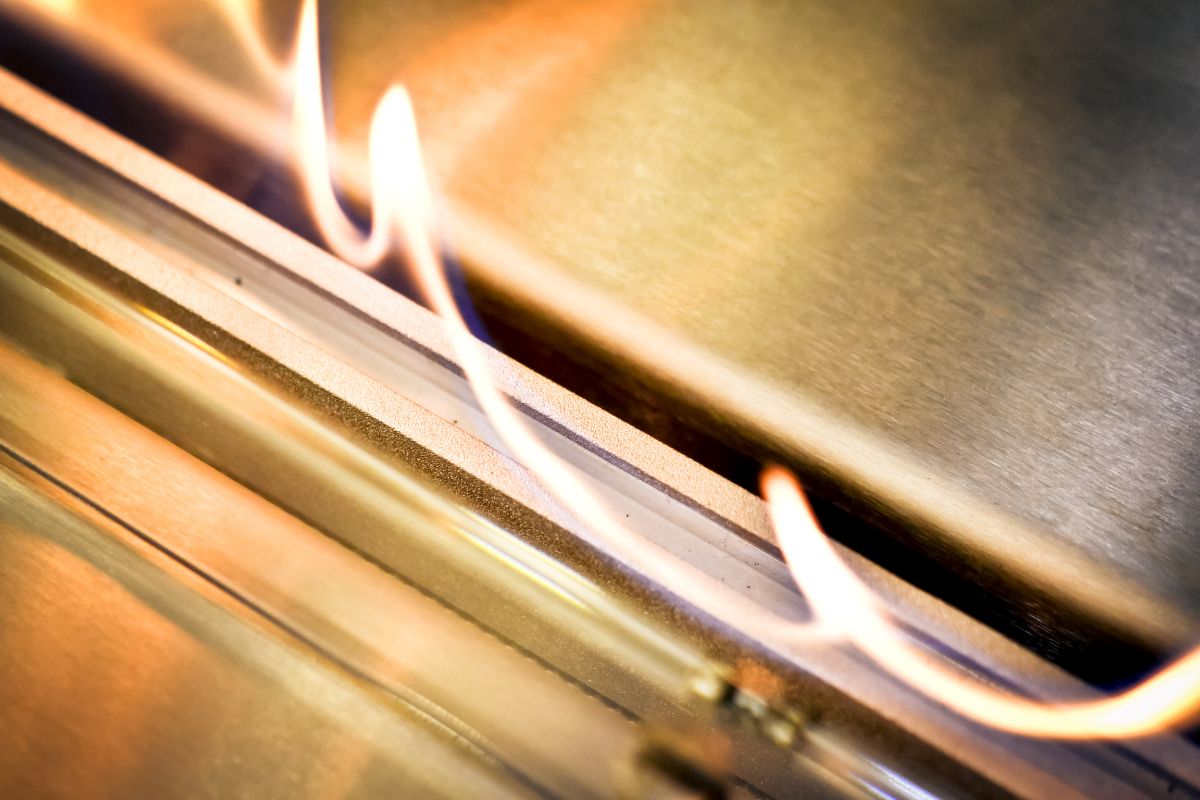
To get the most heat from your fireplace, your room must be ready. This means ensuring any draughts are eliminated, windows are closed, and your thermostat is set correctly.
By doing all these, you are ensuring that the heat from your gas fireplace remains in your room, helping it heat it quickly.
If you have a thermostat-regulated gas fireplace, ensure you have the thermostat set correctly to ensure you get as much heat as possible.
If you have a thermostat for the other heating sources in the room, check the temperature it is set to. You might need to adjust this to ensure you get the right heat levels from your room.
Change your Fireplace
This is an expensive option we don’t recommend until you have explored the other options.
But it might be that your fireplace isn’t big enough to heat the room it is in. You need a fireplace suitable for the size room that you have. Otherwise, you will feel like it never heats it!
You also want an energy-efficient gas fireplace to prevent wasting energy. If your fireplace is old or too small for the space, it is worth swapping it for a larger and more efficient one to heat your room.
Final Thoughts
And there, you have several ways to get more heat from your gas fireplace! Whether changing your damper, sealing up any cracks, or adding a fireback, all these methods will add more heat to your room.
It’s worth combining some of these methods, too, helping you to get as much heat as possible from your gas fireplace and to enjoy a toasty evening by the fire!
- How To Open Chimney Flue - July 20, 2023
- Do Electric Fireplaces Use A Lot Of Electricity? - July 20, 2023
- How To Keep A Fire Going - July 20, 2023




